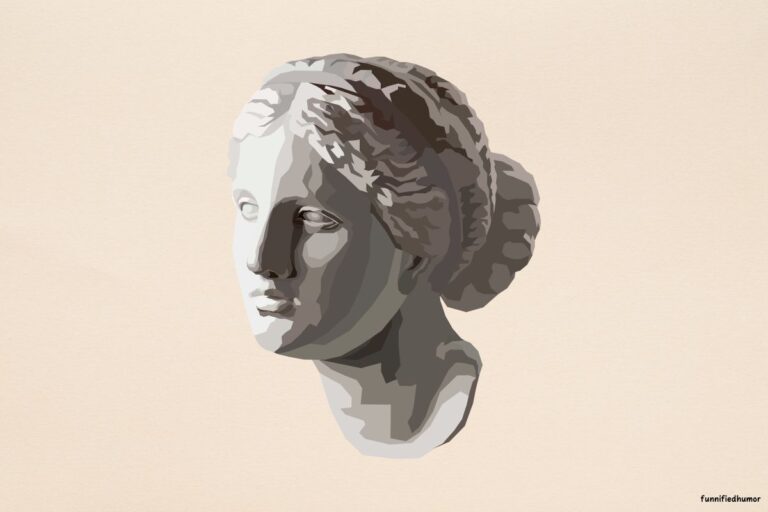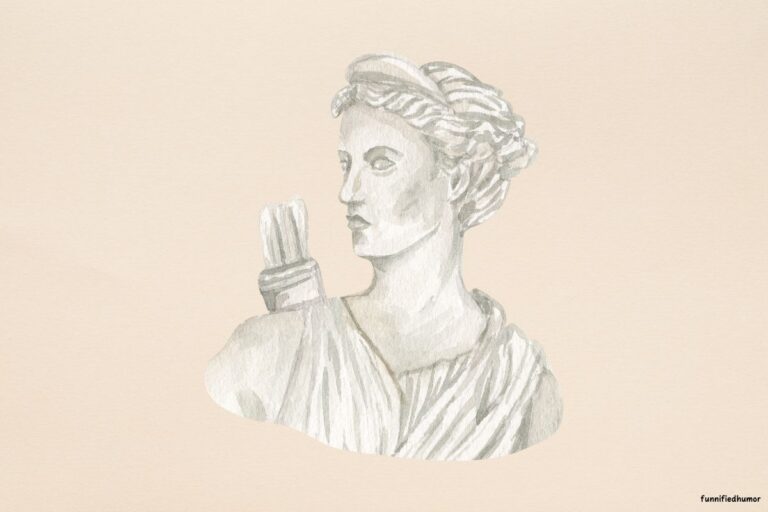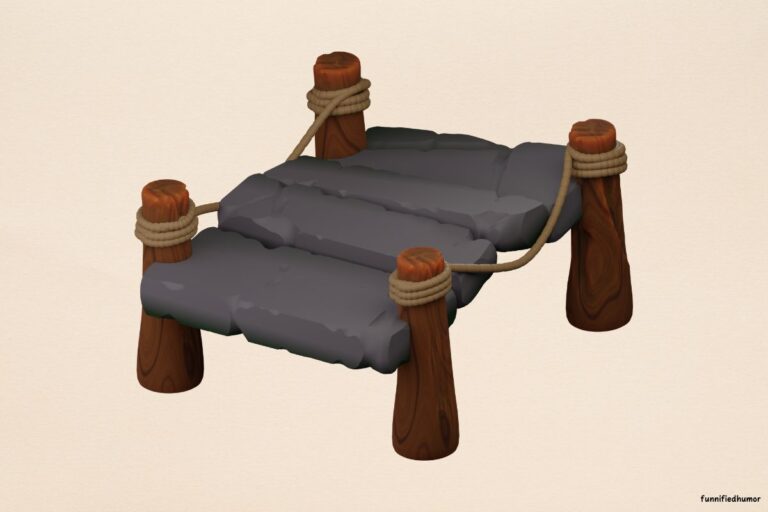4 Short Stories About Anger

Anger.
A word that packs a punch and an emotion that, at some point, we’ve all wrestled with. It can surge like a tempest, leaving a path of destruction, or simmer quietly, building pressure over time.
But is anger purely a negative force?
Or can it, perhaps, serve as a tool for growth, insight, and even inspiration?
In this blog post, we’ll embark on a journey through some stories on anger – a powerful emotion that many seem to be unable to control.
Whether it’s a humorous incident in a quirky town or a profound lesson from an unexpected source, these stories will invite you to see anger from different angles, to understand its roots, and to harness its energy.
So, buckle up and let’s dive deep into the intricate tapestry of anger, unraveling its many threads and discovering the lessons woven within.
Stories about Anger
1. Gratitude in the Wake of Anger
Once in a small village nestled among the hills, lived a man named Arin. He was notorious for his volatile temper. People would often avoid Arin, fearing the eruption of his anger. Children were advised not to get too close, and even adults would only interact with him if necessary.
One day, a monk named Lian visited the village. He was travelling from one region to another, spreading the teachings of mindfulness and gratitude. Lian, unaware of Arin’s reputation, approached him to share his wisdom.
Within minutes of their conversation, Arin’s temper flared over a trivial disagreement. To the astonishment of the onlooking villagers, Lian calmly listened, not reacting to the outburst.
When Arin’s fury subsided, Lian gently spoke, “Anger, like all emotions, has a lesson for us. It’s a mirror reflecting what’s inside, showing us where we need healing. Thank you, Arin, for showing me your anger.”
Arin was taken aback. Nobody had ever thanked him for his anger. Curious, he inquired, “Why are you grateful for my anger?”
Lian replied, “Anger, when looked at without judgement, can be a powerful guide. It can show us our pain, our insecurities, and our fears. It reminds us of the areas in our life that need attention and love. By showing me your anger, you’ve shown me a part of your soul that’s crying out for understanding.”
Moved by Lian’s words, Arin began to spend more time with him during his stay in the village. With Lian’s guidance, Arin started the journey of introspection. He delved deep into the roots of his anger, unveiling past traumas and buried emotions.
The villagers watched in awe as Arin transformed. He became more peaceful, kinder, and more understanding. His outbursts became rarer, and when they did occur, they were much less intense.
As Lian prepared to leave the village, a transformed Arin expressed his gratitude. “Thank you, Lian, for showing me the value in my anger. It was a key I never knew I had, unlocking the door to healing and self-understanding.”
Lian smiled, “Remember, every emotion, even anger, has its purpose. Embrace it, understand it, and let it guide you towards growth.”
Years passed, and the story of Arin’s transformation became a cherished lesson in the village. It served as a reminder that even in the fiercest of storms, there’s a silver lining. And for that, the village was forever grateful.

2. Burning Bridges and Building Them Again
The first time I lost my temper in public, I was ten years old. It was over a shared pencil in class. From then on, the fire of anger became my faithful companion, sparking over trivial matters and turning them into blazes.
I burned a lot of bridges with that fire. Friends, family, colleagues – none were immune to the scorching heat of my outbursts. I wish I could say it felt powerful, that this fire was my shield, but more often than not, it left me isolated, the ashes of regret being my only companion in its aftermath.
It was a day like any other when I stormed out of a meeting, my anger leaving a wake of hushed whispers and wide eyes. Sitting on a park bench, trying to calm the tempest within, an elderly woman approached me. She had a calm, serene aura around her.
“Mind if I join you?” she asked. I gestured to the empty spot beside me, still simmering in my anger. She took a deep breath, and as she exhaled, I felt the tension in the air lighten just a touch.
“You have a lot of fire in you,” she commented. It wasn’t a question. It wasn’t a criticism. Just a statement.
I looked at her, waiting for her to continue.
“Fire can be destructive,” she continued, “but it can also be a force of change, of warmth, of protection. It’s all about how you harness it.”
I frowned. “Are you telling me to suppress my anger?”
She chuckled, “No, young one. I’m saying channel it. Understand its origin. Anger often comes from hurt, frustration, or fear. Find its root, and you’ll find a way to convert that explosive energy into something productive.”
Over the next weeks, we met often. She taught me techniques to introspect, to delve into the deep wells of my emotions. And she was right. Beneath the anger, there was often hurt or fear. Recognizing that, understanding that, made all the difference.
Now, when I feel that familiar surge, I take a moment. I channel that energy into addressing the real issue, into conversations, into understanding. Bridges I once burned, I now rebuild, stronger than before.
Anger is still a part of me, but it no longer controls me. Thanks to an elderly stranger in a park, it became my teacher rather than my master.

3. The Portrait of Ire
In a sleepy town named Elmsworth, there was an art gallery known for its vast collection of magnificent portraits. But among them, there was one portrait that was unique — The Portrait of Ire. The painting depicted a man, his face contorted in raw anger, veins popping, eyes bloodshot, and hands clenched. Its sheer intensity was palpable, making the onlookers feel a sudden rush of anger themselves.
Rumors said that the portrait was cursed. Anyone who gazed upon it for too long would be consumed by anger. Despite the warning signs placed around the gallery, many brave souls attempted to challenge the legend, only to leave the gallery fuming, snapping at anyone in their path.
One day, a calm and composed psychologist named Dr. Evelyn walked into the gallery. She had heard of The Portrait of Ire and being a woman of science, wanted to study its effects firsthand.
She approached the portrait and stared directly into its angry eyes. Minutes turned into hours, but Evelyn’s demeanor didn’t change. The gallery staff watched in amazement as she became the first person to stare at the portrait without being affected.
When she finally turned away, the curator approached her, “Dr. Evelyn, how did you resist the anger? No one has ever managed to do that!”
Evelyn smiled, “The anger in the portrait is real, but it’s just a reflection. It draws out the suppressed anger from within us. All these years, I’ve practiced mindfulness and self-awareness. I’ve addressed my angers, fears, and traumas. The portrait couldn’t draw out what wasn’t there.”
The twist in the tale? The portrait wasn’t cursed. It was a mirror, reflecting the unresolved anger in its viewers. Dr. Evelyn’s resilience was a testament to her inner peace and the power of self-awareness.
From then on, the gallery started hosting mindfulness sessions, transforming from a mere art gallery into a sanctuary of peace. And The Portrait of Ire, once feared, became a benchmark for those seeking to understand and conquer their own anger.

4. The Great Red Balloon Incident
In the vibrant town of Whimsyville, where colors played a huge part in daily life, the color of one’s balloon represented their mood. Blue for sadness, green for envy, yellow for joy, and so on. The most elusive and, honestly, avoided balloon was the red one, which quite clearly meant anger.
One sunny day, Bob, a rather cheerful fellow known for his perpetually yellow balloon, woke up with a massive red balloon tethered to his wrist. He was bewildered because, well, he couldn’t recall being angry about anything. As he stepped outside, Mrs. Higgins next door dropped her morning pie, stared at Bob’s balloon, and gasped, “Oh, not you too, Bob!”
To Bob’s shock, the entire town seemed to be floating red balloons. The bakery was in chaos with red-ballooners arguing about scone flavors. At the park, kids with red balloons were bickering over who’d swing next. Even the usually serene yoga class was disrupted by red-ballooners arguing about… breathing.
The mayor, seeing the uproar, called an emergency town meeting. She said, “We need to find out why everyone’s so angry!” A long discussion ensued about possible reasons – Were the beds too lumpy? Was there something in the water? Did everyone have the same terrible dream about running out of cookies?
Finally, Timmy, a young boy known for his curious nature, raised his hand and shyly said, “Um, I think I know why.” The town turned to him. “Yesterday, I wanted to try a fun prank, so I switched everyone’s balloons with red ones as they slept, thinking it’d be funny to see everyone confused.”
The room went silent. Then, slowly, one by one, people began to chuckle. The humor in the situation was evident. Bob laughed, “So, we’re not angry, we just thought we were because of the balloons?”
By the end of the day, Whimsyville was back to its colorful self, balloons of all shades floating around. And as for the red balloons? They were used for a massive town balloon fight, turning the symbol of anger into one of merriment.
From that day on, Timmy’s prank was remembered as “The Great Red Balloon Incident,” a hilarious reminder to the town not to always trust appearances and to find humor even in moments of confusion.






